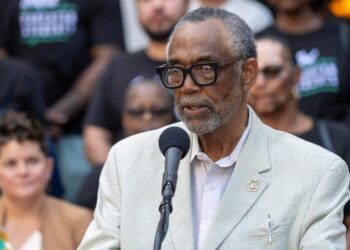For Megan Carroll, the effort to help people see Valentine’s Day as much more than what society has turned it into is as much a professional endeavor as a personal one.
“It is a nice day to celebrate love,” said Carroll, a CSU San Bernardino sociology professor, “but it’s important to remember that love can come in all kinds of forms just like families and relationships can come in all kinds of forms.”
Those forms include, she said, people who are asexual, people who are aromantic, people who are polyamorous, and others who don’t live up to what she says are society’s ideals of romance and sex.
Understanding asexual and aromantic feelings
Her writing and teaching on asexual and aromantic relationships, she said, has its roots in a painful time in her life.
‘I lived all through my teens and 20s, knowing I was different but feeling broken, like, ‘Oh, something must be wrong with me, let me see doctors, let me see therapists,’” she said.
Then she met a person for whom, like her, love was not tied to feelings of sexual desire.
“I’m noticing that people at younger ages are now coming across the terminology of asexuality. And so they’re sort of spared the kind of heartbreaking experiences I had in my 20s which is great to see,” she said.
What’s amatonormativity got to do, got to do with it?
Carroll says the work of Elizabeth Brake has influenced her thinking on the topic. Brake is a professor of philosophy at Rice University, who says she coined the term amatonormativity to encompass the idea “that everyone is better off in an exclusive, romantic, long-term coupled relationship, and that everyone is seeking such a…
Read the full article here







